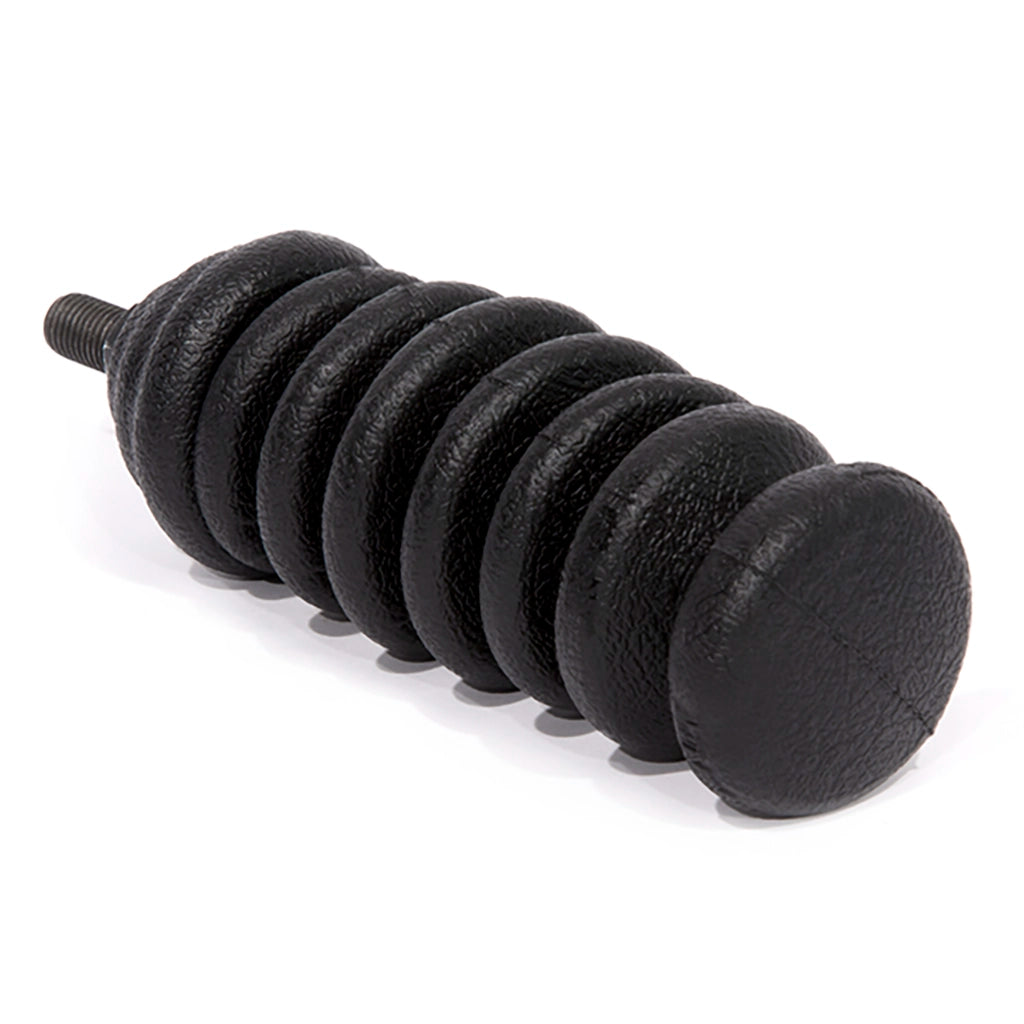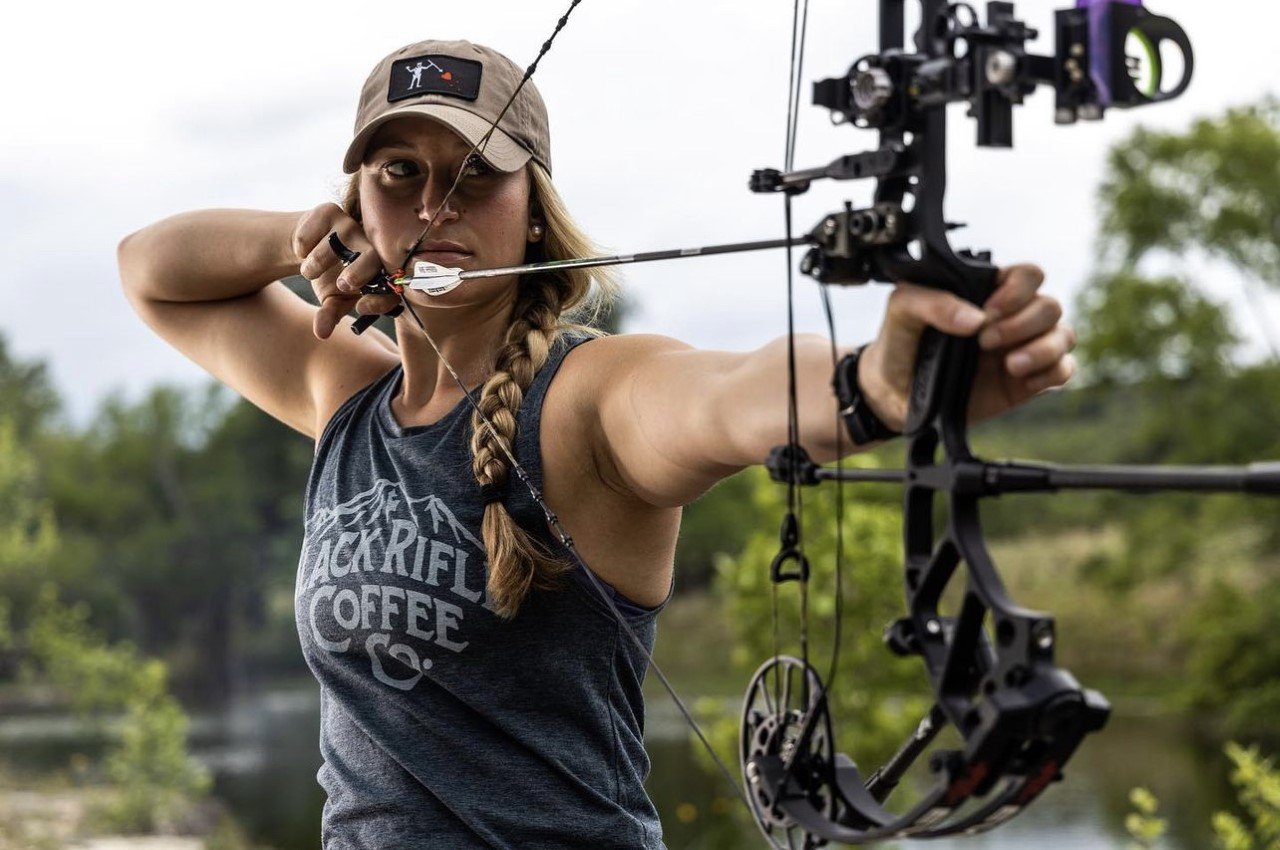Master the Art of Archery: Understanding the Relevance of a Stabilizer in Your Setup
Whether one is a seasoned archer or just starting their trip, the significance of a stabilizer in their configuration can not be overstated. By comprehending the advantages of making use of a stabilizer, thinking about the appropriate variables when selecting one, and appropriately mounting and readjusting it, archers can elevate their abilities to brand-new heights.
The Role of a Stabilizer in Archery
A stabilizer plays a vital function in archery by boosting equilibrium and lowering vibrations throughout the shot. A stabilizer assists to counteract these vibrations by dissipating the energy and taking in (archery stabilizer).
One of the major advantages of a stabilizer is its ability to enhance balance. When an archer holds a bow, it can be testing to maintain a steady aim. The weight of the stabilizer helps to distribute the weight equally, minimizing the stress on the archer's arm and improving security. This enables the archer to concentrate on their aim and execute a much more precise shot.
In enhancement to equilibrium, a stabilizer additionally helps to reduce torque. When an archer releases the bowstring, there is a natural propensity for the acquiesce turn in the hand. This turning, referred to as torque, can create the arrowhead to drift off-course. The weight and design of a stabilizer counteract this rotation, making certain a more precise and consistent shot.
Advantages of Utilizing a Stabilizer
The usage of a stabilizer in archery offers countless advantages that improve an archer's efficiency and general shooting experience. A stabilizer aids to decrease the resonances produced upon release of the arrowhead. These vibrations can create the acquiesce torque or twist, causing unreliable shots. By absorbing and moistening these resonances, the stabilizer enhances the stability of the bow, enabling more exact and constant shots.
Second of all, a stabilizer aids to stabilize the bow by including weight to the front end. This weight circulation neutralizes the natural propensity of the acquiesce tip forward upon release, lowering the amount of movement and enhancing the archer's capability to keep aim on target.

Finally, a stabilizer can likewise serve as a shock absorber, decreasing the shock and recoil experienced upon release. This not just boosts the convenience of capturing yet additionally lessens the threat of injury or stress on the archer's body.
How a Stabilizer Enhances Precision
Enhancing the accuracy of an archer's shots, a stabilizer plays a crucial role in boosting total performance. archery stabilizer. By adding stability to the bow, a stabilizer assists decrease the unwanted motion and resonance that can occur during a shot. This reduction in activity allows the archer to preserve a consistent purpose, read the article resulting in more consistent and precise shots

Furthermore, a stabilizer assists to wet resonances that happen upon launch. These vibrations can trigger the bow to shake, influencing the arrowhead's trajectory and precision. By taking in and dissipating these resonances, a stabilizer helps to keep the bow's security and ensure a smooth and precise shot.
In addition, a stabilizer can likewise assist in stabilizing the weight circulation of the bow (archery stabilizer). By adding weight to the front of the bow, a stabilizer aids to balance the weight of accessories, such as views or quivers, which might be affixed to the bow. This well balanced weight circulation assists the archer maintain a stable and controlled shooting placement, leading to improved precision
Aspects to Consider When Choosing a Stabilizer
When choosing a stabilizer for your bow, it is essential to think about several elements that will certainly add to its total efficiency and viability for your private capturing design. The first variable to take into consideration is the size of the stabilizer.
Another factor to consider is the weight of the stabilizer. The weight of the stabilizer can impact the equilibrium of your bow.
Some stabilizers have flexible functions, such as flexible size or adjustable weights, which enable you to customize the stabilizer to your details demands. Carbon fiber stabilizers are long lasting and light-weight, while light weight aluminum stabilizers provide an equilibrium between weight and rigidity.
Different stabilizers may function better for particular shooting styles, such as target capturing or searching. It is suggested to consult with knowledgeable archers or specialists to figure out which stabilizer will certainly ideal fit your private requirements.
Tips for Effectively Installing and Changing a Stabilizer
Proper setup and adjustment of a stabilizer is critical for maximizing its performance and ensuring optimal capturing precision. When mounting a stabilizer, it is necessary to comply with a few essential actions to guarantee its performance. Initially, figure out the suitable length of the stabilizer based on your capturing design and choices. Longer stabilizers give more security yet can be much less maneuverable, while much shorter stabilizers use enhanced ability to move yet may sacrifice security. Connect the stabilizer to the bow utilizing the provided mounting equipment once you have site here picked the appropriate size. Ensure that the stabilizer is securely attached and lined up with the bow's riser.
After setting up the stabilizer, it is required to make adjustments to achieve the wanted equilibrium and shot consistency. Beginning by changing the weight circulation along the stabilizer. This can be done by including or removing weights from the stabilizer's weight system. Trying out different weight arrangements to discover the equilibrium that functions ideal for you. Additionally, take into consideration adjusting the angle of the stabilizer to adjust the shot. A mild ahead or in reverse tilt can influence the bow's equilibrium and exactly how find it reacts during the shot.

Conclusion
In verdict, a stabilizer plays a vital function in archery by enhancing accuracy and reducing bow torque. When picking a stabilizer, elements such as product, weight, and size should be considered to satisfy private needs.
Furthermore, a stabilizer can likewise help in stabilizing the weight circulation of the bow. By including weight to the front of the bow, a stabilizer assists to balance the weight of devices, such as sights or quivers, which may be attached to the bow. Some stabilizers have flexible features, such as adjustable length or adjustable weights, which allow you to tailor the stabilizer to your specific requirements. Carbon fiber stabilizers are long lasting and light-weight, while aluminum stabilizers use a balance in between weight and rigidity.
Longer stabilizers provide more security however can be less manoeuvrable, while shorter stabilizers provide boosted maneuverability however may sacrifice stability.